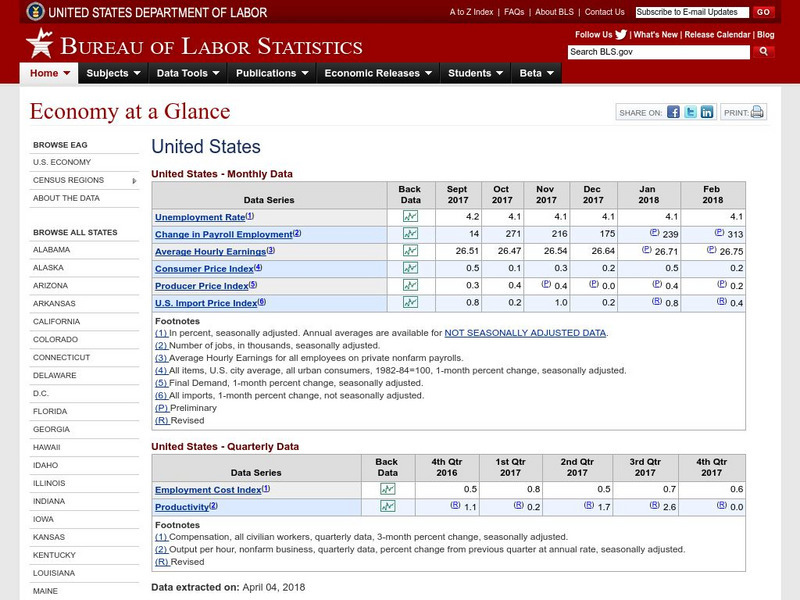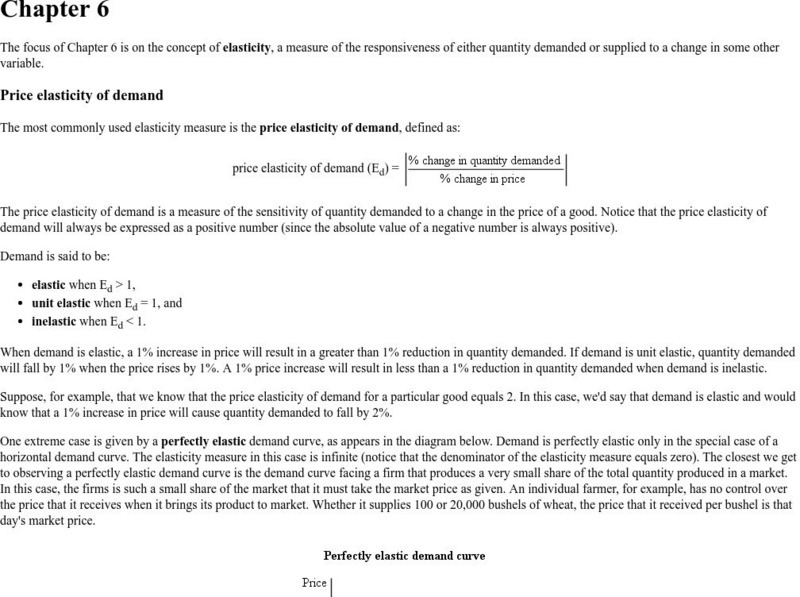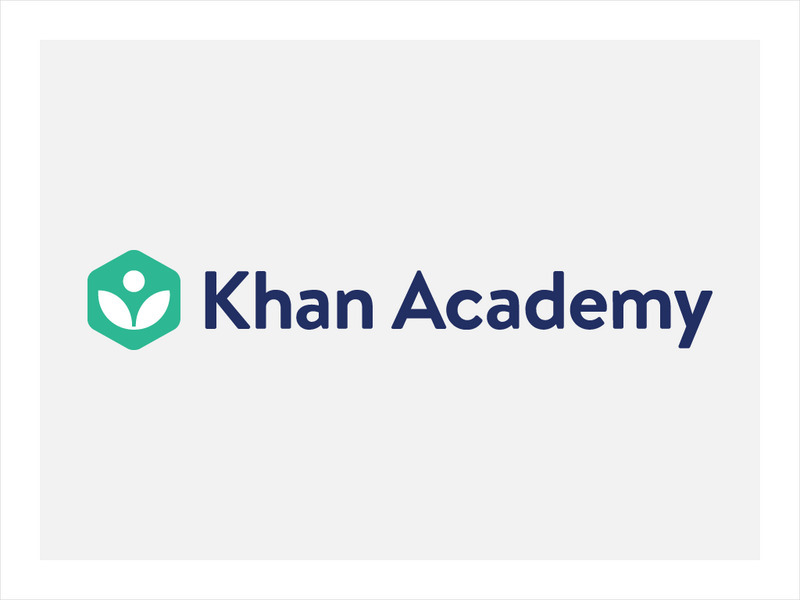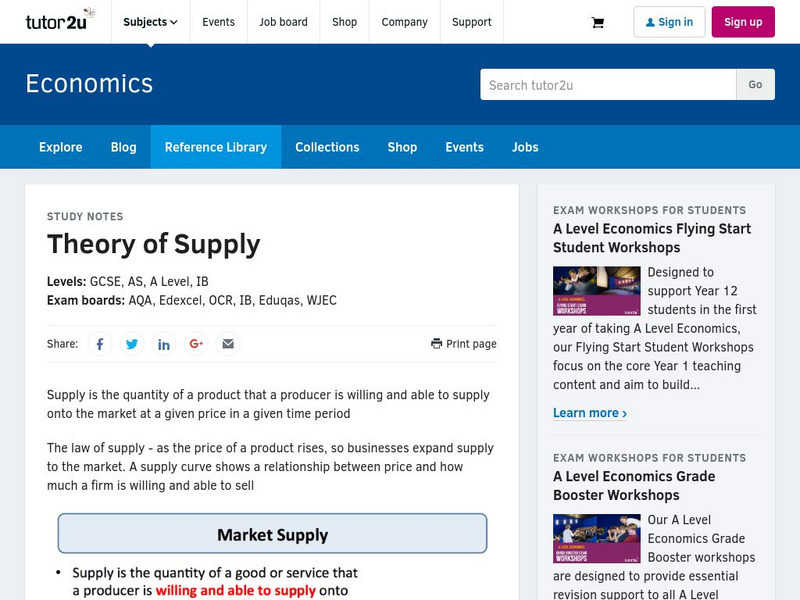Hi, what do you want to do?
Independence Hall Association
U.s. History: Books and Movies
A look at the literature and movies written and produced in the Jazz Age. See how the writers of the age reflected the consumer society and the emptiness of middle class. Movies appealed to mass culture and millions went to the movies...
Curated OER
Market Failure; Positive Externalities
This site examines how society can benefit by producing and consuming more of a product that causes a positive externality.
BBC
Bbc Schools: Living Things: Food Chains Quiz
How are animals and plants linked? What is the difference between a producer and consumer? How is a predator different from prey? Take this food chain quiz to find out the answers to these questions and more. Links allow you to convert...
Robert Schenk, PhD
Saint Joseph's College: Supply and Demand Buyer Equilibrium
Summarizes buyer equilibrium. Then click Next button at the bottom to learn about seller equilibrium as well as shortages & surpluses.
Science Education Resource Center at Carleton College
Serc: Mn Step: The Flow of Energy: Balancing Ecosystems
A lesson outlining activities for a science unit where students can learn about the relationships and the flow of energy within an ecosystem. These include predator and prey, hosts and parasites, and consumers, producers, and decomposers.
National Humanities Center
National Humanities Center: America in Class: America in the 1920s: Prosperity: Consumerism
The National Humanities Center presents collections of primary resources compatible with the Common Core State Standards - historical documents, literary texts, and works of art - thematically organized with notes and discussion...
Other
Insightful Interaction: Visualizations
A collection of interactive visualizations that were produced through analysis of economic, political, and market research data. Topics are diverse, e.g., military spending and trade, immigration, consumer spending, crime, unemployment,...
TeachEngineering
Teach Engineering: Got Energy? Spinning a Food Web
Students learn about energy flow in food webs, including the roles of the sun, producers, consumers and decomposers in the energy cycle. They model a food web and create diagrams of food webs using their own drawings and/or images from...
US Department of Labor
Bureau of Labor Statistics: u.s. Economy at a Glance
The seven major economic indicators for the U.S. economy are listed here in an easy to read chart. The seven indicators are unemployment rate, change in hourly employment, average hourly earnings, consumer price index, producer price...
Schools of California Online Resources for Education
Score: Latin American Marketing Project
This site from Score provides information on the global marketplace. This is a unit where students are grouped to find out the best Latin American country to introduce a new fast food business. Site is very well outlined and includes...
Massachusetts Institute of Technology
Mit: Open Course Ware: Principles of Microeconomics
An introductory course in the fundamentals of microeconomics. Includes a list of suggested readings, lecture notes, assignments, and exams.
Other
Microeconomics Chapter 6: Price Elasticity of Supply
Scrolling down towards the bottom of this site, there are equations, diagrams, and some general information concerning price elasticity of supply.
Georgia Department of Education
Ga Virtual Learning: Digital Citizenship
Virtual learning resource on rights and responsibilities as consumers and producers of digital media and the internet. Click through the pages for more information. Includes handouts, audio, downlodable resources, assessment and activities.
TeachEngineering
Teach Engineering: Environmental Challenges in China
Students learn about the wonderful and fascinating country of China, and its environmental challenges that require engineering solutions, many in the form of increased energy efficiency, the incorporation of renewable energy, and new...
Curated OER
Apple
This concise site that provides an explanation of what producers are along with a short quiz to test your knowledge of producers and consumers.
Khan Academy
Khan Academy: Economic Efficiency
Read about consumer surplus, producer surplus, and deadweight loss. Did you know that demand and supply diagrams can help us understand more than supply and demand curves and equilibrium? They can also help us understand economic...
Other
The Learning Partnership: Journey to El Yunque
In this set of learning modules, students examine the impact of hurricane weather on the El Yunque rainforest in Puerto Rico. They learn about hurricanes, producers, consumers, and the food chain, and how disruptions in organisms'...
iCivics
I Civics: The Market Economy
This lesson teaches the basics about the market economy, including the relationships between consumers and producers, supply and demand, and profit and incentive. Students learn six traits of a market economy, compare the market economy...
NOAA
Noaa: Estuaries 101 Curriculum: Biodiversity in an Estuary
This activity introduces students to the amazing biodiversity of an estuarine environment, focusing on the habitats in the Rookery Bay National EstuarineResearch Reserve, Florida. They begin by exploring the estuary using Google Maps....
Channel 4 Learning
Channel 4 Learning: Science Essentials: Habitats
Find answers to your questions about habitats, producers, consumers, and food chains. Glossary, image bank, suggested activities, and quiz included.
ClassFlow
Class Flow: Food Chains
[Free Registration/Login Required] Through this flipchart students will be able to summarize and organize simple food chains.
Tutor2u
Tutor2u: Theory of Supply
This site provides a simple definition of market supply and the supply curve. Illustrates concept with a graph.
Energy for Sustainable Development
Kids and Energy: Hydro Energy
Hydropower is a clean, renewable and reliable energy source which converts kinetic energy from falling water into electricity, without consuming more water than is produced by nature. Quite simply the oldest method by which renewable...
Science Education Resource Center at Carleton College
Serc: Investigating Discovering What Plants Need for Photosynthesis
This activity will be used prior to any direct instruction for photosynthesis. In this inquiry lab, students design and conduct simple experiments using elodea and Bromthymol blue to determine whether plants consume or release carbon...

























